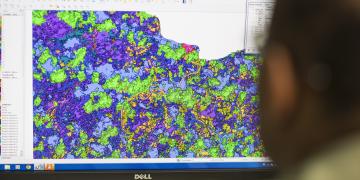Evidence-based mangrove restoration and reforestation
Using government schemes for sustainable management of private and community land
Building grey & green infrastructure to combine cattle raising and hydrological fluxes
Promotion of livelihoods diversification and food security
